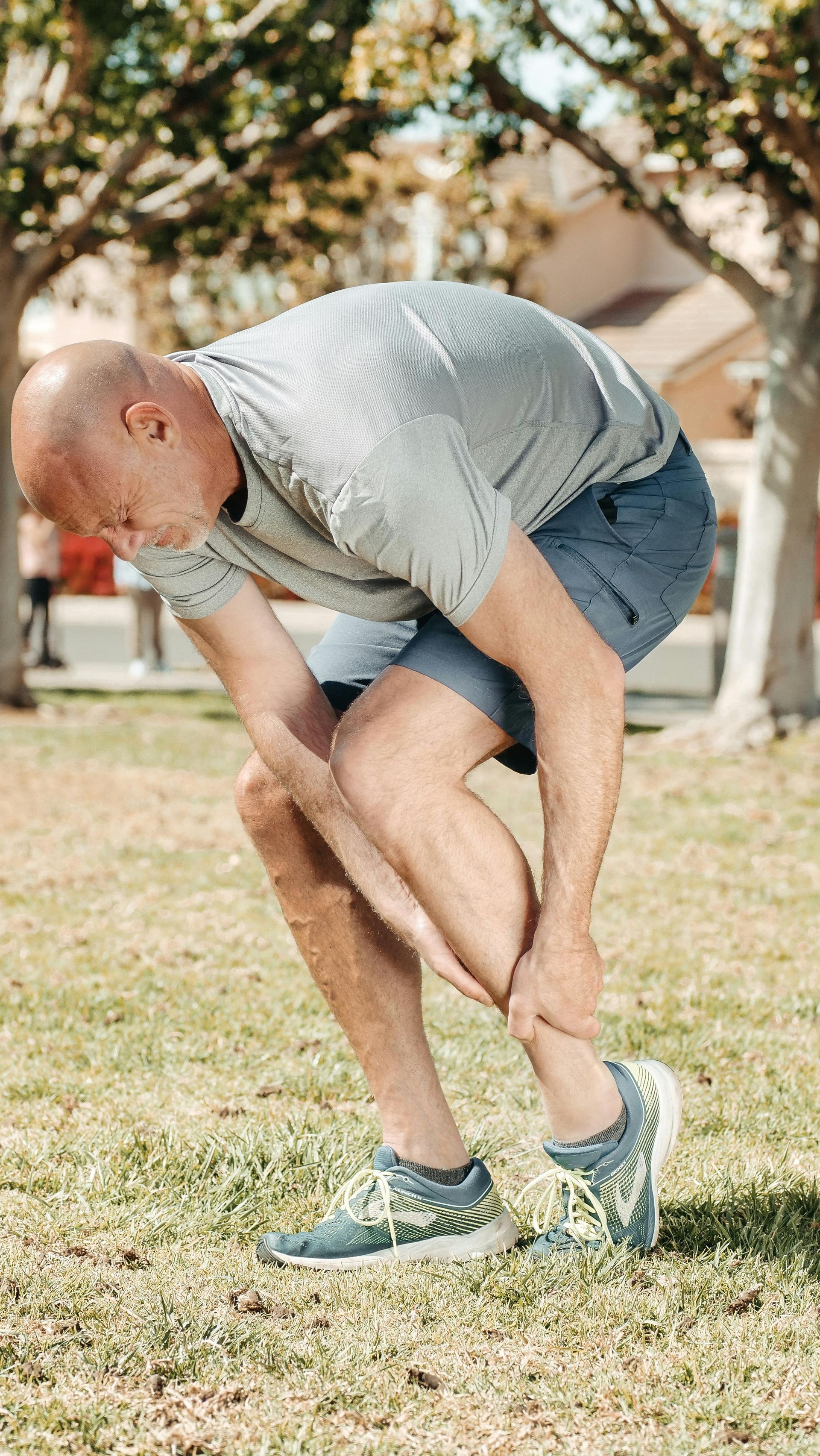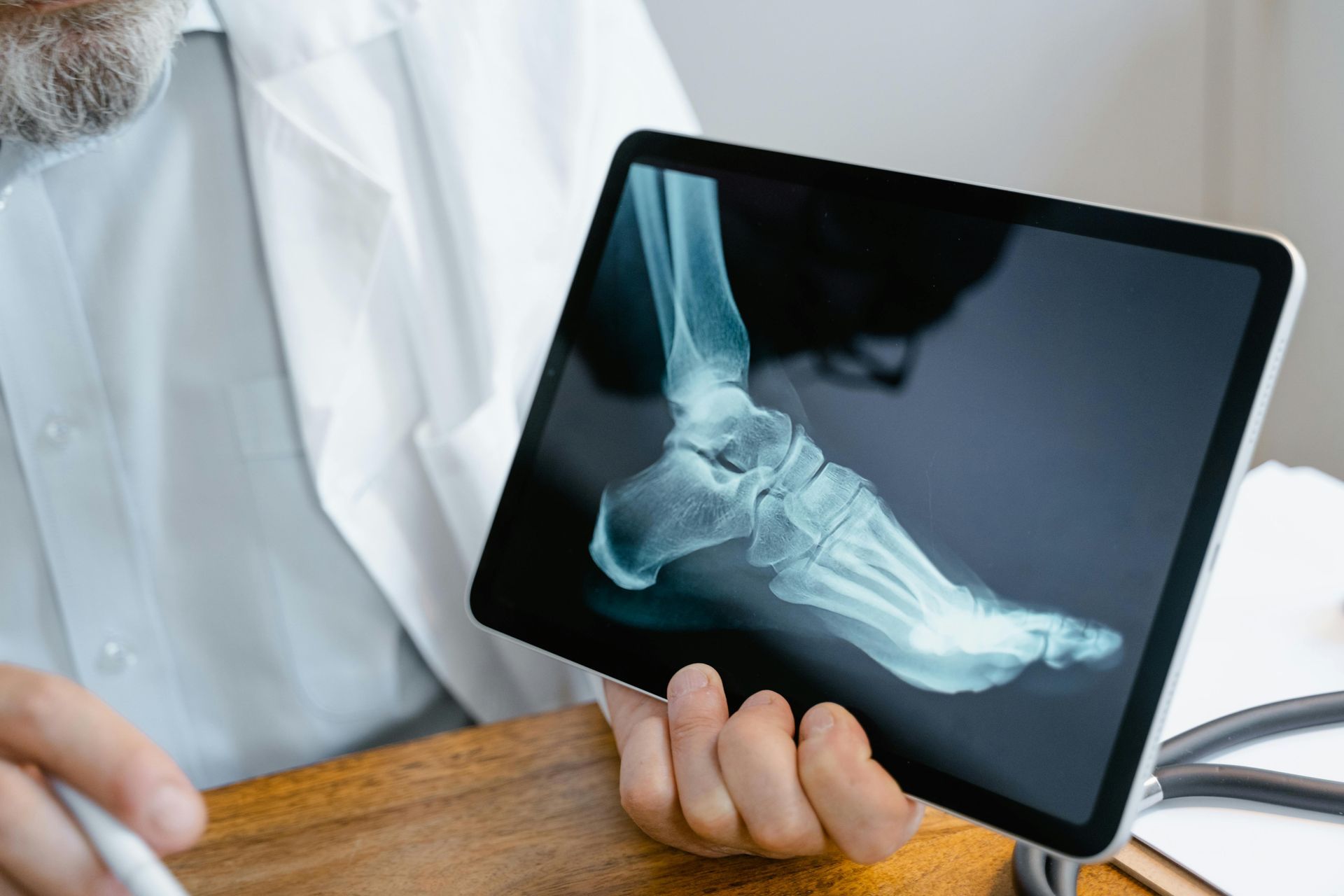By Clare Lawson
•
October 30, 2024
For decades we have been told to ‘RICE’ after we get an injury, but it’s time to let go and make room for some ‘PEACE & LOVE’. This new acronym has replaced the old ‘RICE’ acronym and it has some significant changes, including avoiding ice and anti-inflammatories after an injury as these have been found to disrupt the natural healing process that we want to occur. It also gives us more guidance on what to do after the initial injury phase, a crucial step that was missing from the old ‘RICE’ acronym. For the first few days after an injury, give them some ‘PEACE’ P: Protect We want to protect the injury by de-loading and reducing movement for the first 2-3 days to prevent further damage and allow the healing process to occur. Prolonged rest can in fact lead to longer recovery times. E: Elevate Try to keep the injured limb elevated higher than the level of your heart; this will help to reduce swelling out of the area. A: Avoid anti-inflammatory modalities It is now recommended to avoid taking anti-inflammatories, such as ibuprofen and aspirin in the first few days after your injury as these can interfere with the inflammatory process and slow down tissue healing. Applying ice to an injury may also disrupt this process; it can be still be used to assist with pain relief. After the first few days heat can also be used for pain management. C: Compress Compression of the injured area using bandages or tape is recommended to help reduce swelling and bleeding. E: Educate Education plays a huge part in any injury management. Your physiotherapist will provide education specific to your injury and situation to help you understand your recovery times and what you need to do to get better fast. After the first few days have passed, injuries need ‘LOVE’ L: Load Try to resume normal activities if your pain and symptoms allow; this will promote repair, remodelling and improve tissue tolerance. Your body will tell you when it is okay to increase the load, or if it is not ready. O: Optimism Be optimistic about your recovery! People who are optimistic have better outcomes as the brain plays an important role. Fear and avoidance surrounding your injury can be barriers to recovery. Working with your physiotherapist can help to improve your confidence with getting moving again after your injury. V: Vascularisation Starting some cardiovascular exercise, such as a walking, swimming or a stationary bike will help to increase blood flow to the injured area. This, combined with rehabilitation exercises can help with pain relief and getting your back to your usual activities faster. E: Exercise Your physiotherapist will give you the specific exercises required to rehabilitate your injury and restore factors like mobility, strength and proprioception, as well as helping you to prevent the same injury from occurring again! To find out the best way to manage your injury, book in for an appointment where you will get your own comprehensive and individualised rehabilitation plan.








